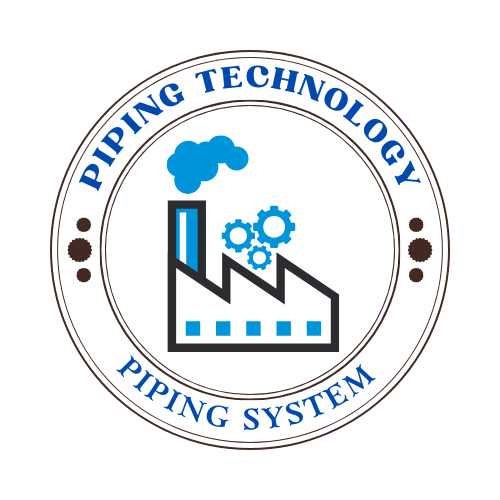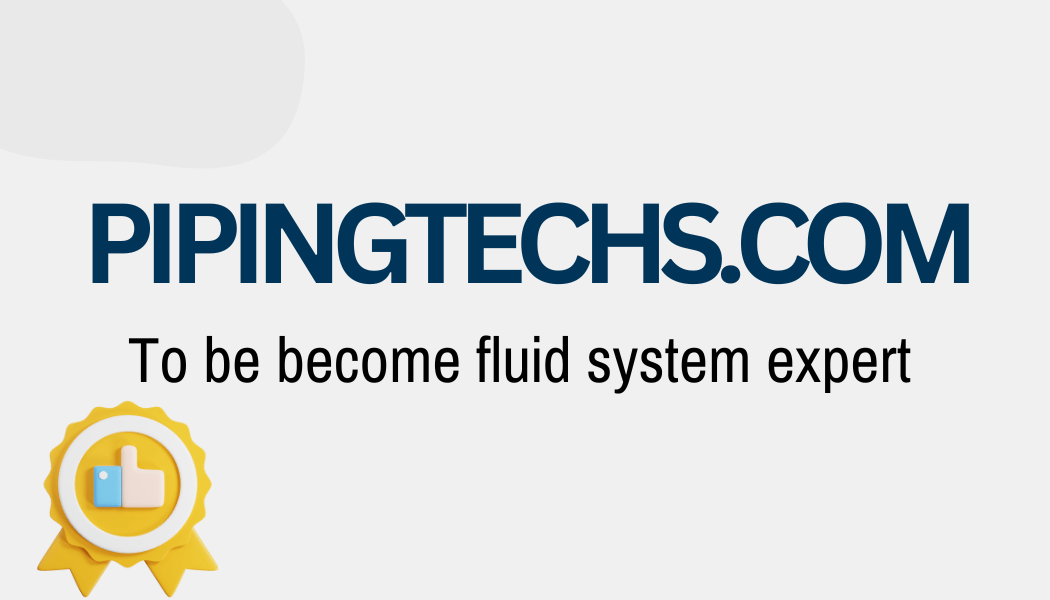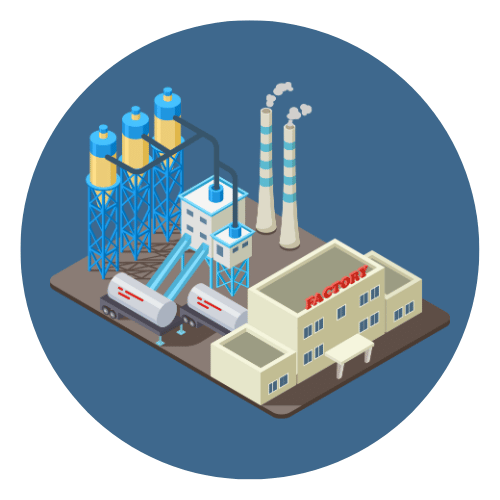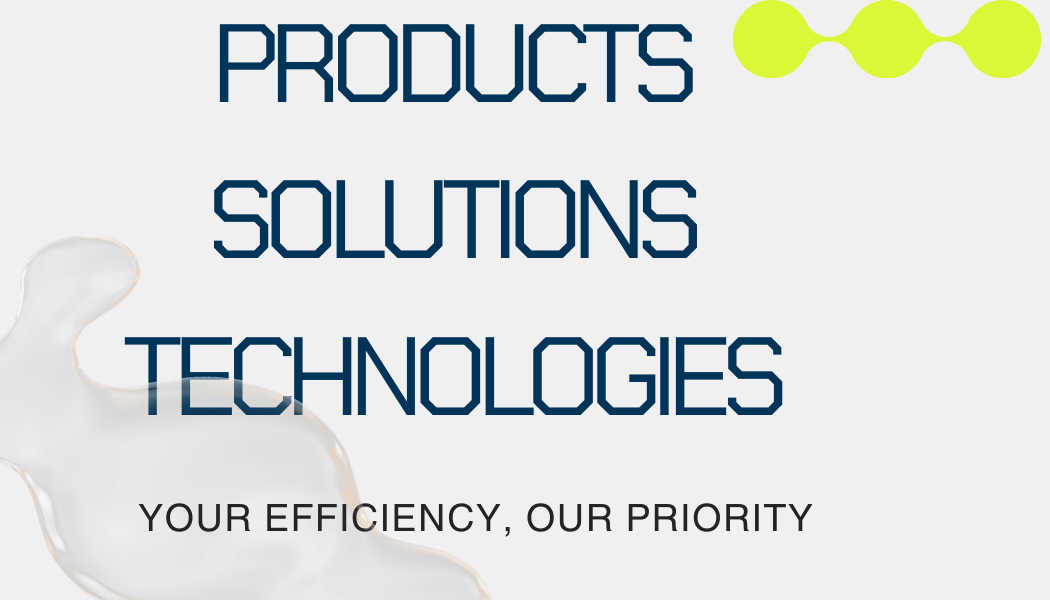
Pressure Relief Valves (PRVs) play a critical role in ensuring the safety and efficiency of pressurized systems across various industries. Whether it’s a chemical plant, oil refinery, steam boiler, or even a home heating system, these valves serve as the first line of defense against dangerous pressure build-ups. Designed to automatically release excess pressure from a vessel or piping system, PRVs help prevent catastrophic equipment failure, environmental harm, and even potential loss of life.
At its core, a pressure relief valve is a mechanical device that opens when internal pressure exceeds a predetermined limit, allowing fluid or gas to escape until the pressure returns to safe levels. Once the excess pressure is relieved, the valve closes, restoring the system’s sealed environment. This simple yet essential mechanism protects pipelines, pressure vessels, heat exchangers, and various types of machinery from operating beyond their design limits.
The importance of pressure relief valves cannot be overstated. In industrial environments where extreme temperatures, volatile chemicals, and high pressures are routine, a failure to control pressure can result in explosions, fires, or hazardous leaks. Even in more controlled settings, such as HVAC systems or water supply networks, overpressure can cause costly damage and downtime. PRVs are thus mandated by safety codes, industry regulations, and engineering standards worldwide.
Over time, PRVs have evolved from basic mechanical devices to highly engineered components that incorporate smart sensors, corrosion-resistant materials, and precise calibration techniques. They are available in a wide range of types and configurations, each suited to specific applications, pressure ranges, and fluid types. Understanding how these valves work, how to select the right one, and how to maintain them is essential for engineers, technicians, and facility managers alike.
In this article, we will explore the working principles of pressure relief valves, the various types available, sizing and selection guidelines, installation best practices, maintenance procedures, applicable standards, and real-world case studies. Whether you’re new to the concept or looking to deepen your technical knowledge, this comprehensive guide will provide valuable insights into one of the most vital components in any pressure management system.
I. What is a Pressure Relief Valve?

A Pressure Relief Valve (PRV) is a safety device designed to protect pressurized systems—such as pipelines, tanks, vessels, and equipment—from excessive internal pressure. When the pressure in a system exceeds a preset limit (known as the set pressure), the PRV automatically opens to release the excess pressure and prevent potential equipment damage, explosion, or system failure. Once the pressure returns to a safe level, the valve closes again, restoring normal operating conditions.
Key Functions of a Pressure Relief Valve:
-
Safety Protection
Prevents accidents caused by overpressure in industrial or residential systems. -
System Integrity
Protects expensive equipment and infrastructure from bursting or cracking. -
Pressure Control
Maintains system pressure within safe operating limits.


 Automation System
Automation System  Energy Engineeing
Energy Engineeing  Instrumentation System
Instrumentation System  Mechanical Engineeing
Mechanical Engineeing  Piping Technologies
Piping Technologies  Transportations
Transportations  Manufacturing
Manufacturing  Training Material
Training Material 












